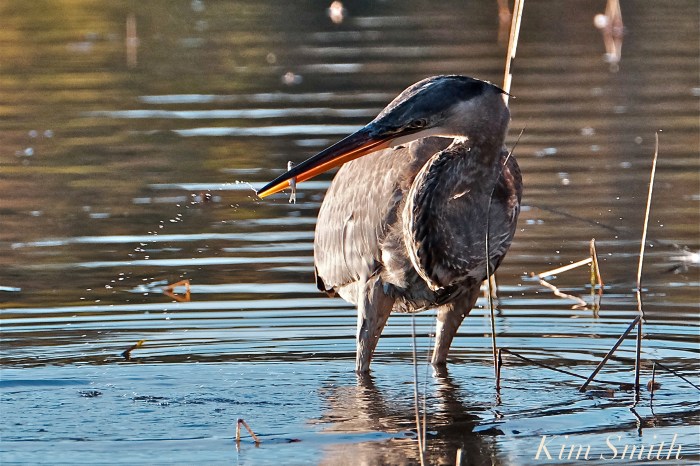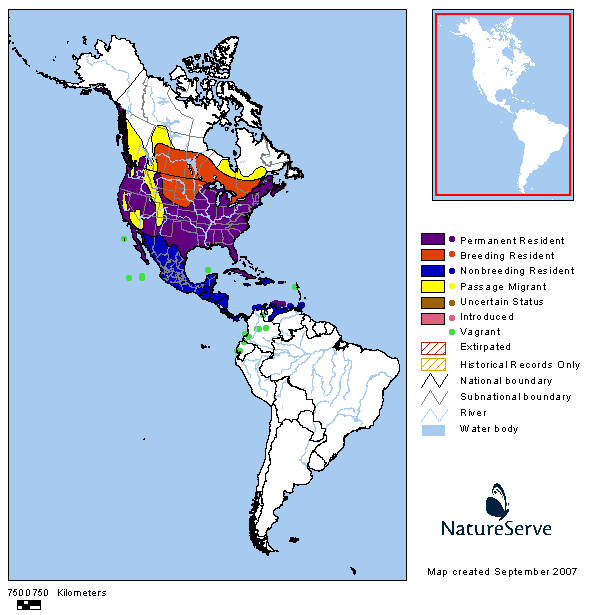Mostly elegant, though sometimes appearing comically Pterodactylus-like, the Great Blue Heron is found in nearly every region of the United States, Mexico, and Central America, as well as the southern provinces of Canada.
Its light weight, a mere five pounds, belies the fact that the Great Blue Heron is North America’s largest heron, with a wingspan of up to six and a half feet and a height of four and a half feet. I write elegant because it truly has a grace unsurpassed when in repose or waiting to strike a fish. Images of Pterodactylus come to mind when you see the bird battling for territory with other herons or flapping about in a tree top; the Heron loses all its sophisticated exquisiteness, transformed into what looks like a great winged beast.
Pterodactylus images courtesy wiki commons media
This summer past was a tremendous year for observing herons and egrets on Cape Ann. Our marshes, ponds, and waterways were rife with Little Blue Herons, Snowy Egrets, Great Egrets, Yellow-crowned Night Herons, Black-crowned Night Herons, Green Herons, American Bitterns, and especially Great Blue Herons.
Great Blue Herons, Little Blue Herons, Snowy Egrets and Great Egrets, Cape Ann
At nearly every location Great Blue Herons were seen foraging either with a flock of mixed herons and egrets, or in a solitary manner. Great Blue Herons hunt day and night and I would often find them at daybreak. They will stand quietly for hours, repeatedly striking the water with lightning bolt swiftness, almost always resurfacing with fish or frog. Great Blue Herons are survivalists and their diet is wide ranging, including large and small fish, frogs, insects, small mammals, and even other birds. Because of its highly varied diet, the Great Blue Heron is able to spend winters further north than most other species of herons and egrets. Even when after waters freeze, we still see them on our shores well into December.
Great Blue Herons are sometimes mistakenly referred to as cranes, which they are not. Cranes are entirely different species. Bas relief at Crane Estate, Ipswich.
Don’t you think it amazing how perfectly these largest of North America’s herons meld with the surrounding landscape?
Here are some moments from this past summer and autumn observing the elusively elegant (mostly), and sometimes comical, Great Blue Heron.
Fishing – Great Blue Herons capture small fish and amphibians by plunging into water and then swallowing whole the prey. They also use their powerful bills like a dagger to spear larger fish.












































